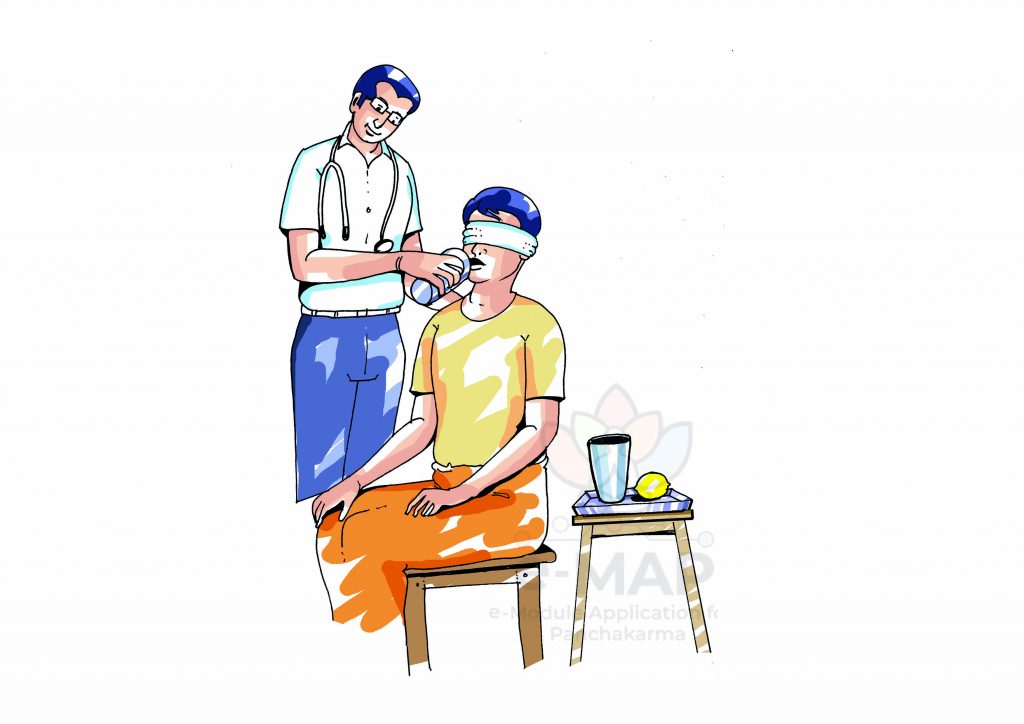
Basic Module 2 - Lesson 3
SNEHANA

EXPLANATORY NOTES
METABOLISM OF FAT
Lipids constitute a heterogenous group of compounds, which are relatively insoluble in water, but freely soluble in non -polar organic solvents like benzene, chloroform, ether, acetone etc. They are of great importance to the body as the chief concentrated storage forms of energy, besides their role in cellular structure and various other biochemical functions.
Classification of lipids:
There is no standard classification of lipids Generally well-accepted classification of lipids. Generally ,well-accepted classification is as follows:
I .Simple Lipids (esters of free fatty acids & trihydric alcohol like glycerol higher alcohols) E.g. TAG. Waxes
II .Compound Lipids (Simple lipids with some additional groups) .Phospholipids
. Non-phosphorylated lipids
. Sulpholipids
III Derived Lipids (Compounds derived from lipids or their precursors)Eg. Fatty acids, cholesterol steroids etc
IV Lipids complexed to other compounds E.g. Lipoproteins
Digestion of lipids:
The major dietary lipids are constituted by triglycerides with small quantities of cholesterol, phospholipids and plant sterols. The normal Indian diet consists of about 20-30 grams of lipids per day.
Since lipids are insoluble in water, they should be emulsified before digestion.
This is done by bile salts with phospholipids (lecithin etc.) in the intestine with the help of peristalsis. The digestion of lipids is done in GIT with the help of following enzymes:
- Lingual Lipase (require acid pH) . Gastric Lipase (require acid pH)
- Pancreatic Lipase (Need alkaline pH) which needs co-lipase for its action
(secreted by pancreas itself)
- Cholesterol Esterase (Need alkaline pH & secreted by pancreas)
- Phospholipase A2 (Need alkaline pH & secreted by pancreas)
About 30% of triglyceride digestion occurs in the stomach and the rest of the fat digestion occurs in the small intestine. The major end products of lipid digestion are: 2 mono-acyl glycerides, 1 mono-acyl glycerides, glycerol, fatty acids, cholesterol, lysophospholipid etc
Absorption of lipids
The final end products of lipid digestion are absorbed in two different ways as follows:
1.Short & medium chain fatty acids (<14 C atoms) and glycerol are partially in water .So, they are absorbed from the intestinal lumen epithelium directly (by passive diffusion) without requiring prior hydrolysis or micelle formation and tend not be re-esterified within the epithelial cells. They pass into villous blood capillaries and are transported as free fatty acids( bound to albumin) into the portal circulation (rather than into the lymphatics). Thus, they are delivered preferentially to the liver for further metabolism.
- II. Monoglycerides, long-chain fatty acids, cholesterol, fat- soluble vitamins, phospholipids etc are water insoluble. They are absorbed by micelle formation. The lipid particles aggregate with bile salts and produce a circular structure called micelle – having lipids in core and bile salts at periphery. This micelle is water soluble and thus helpful to bring lipids from the intestinal lumen to intestinal mucosal cells. Once near the mucosal cells, the lipids are transferred into them. Once inside the epithelial cells. monoglycerides and long-chain fatty acids are re-esterified to form triglycerides. Then there will be formation of chylomicrons which are aggregation of triglycerides(87%) cholesterol esters (3%), fat-soluble vitamins (87%), all of which are enveloped in a hydrophobic coat composed of specific apolipoproteins (1%), phospholipids (9%) and free Chylomicrons are around 1000mm in diameter It is a type of lipoprotein They enter lymphatics through the villous interstitial space & lacteals, then thoracic duct and finally to systemic circulation. The blood transports chylomicrons all over the body.
Fate of fat after absorption:
A fat molecule may have any of following fates after absorption:
It may be stored as neutral fat in fat depots. . It may be used as a building block. The structural lipids are:
- Lecithins (& the related cephalins)
- Cholesterols (Cholesterol esters of fatty acids)
- Certain specialized lipids like the sphingomyelins & cerebrosides of CNS
Fat stores or fat deposits:
Large quantities of fat are stored in two major tissues of the body, the adipose tissue and the liver. The adipose tissue is usually called the fat deposits or simply fat tissue



